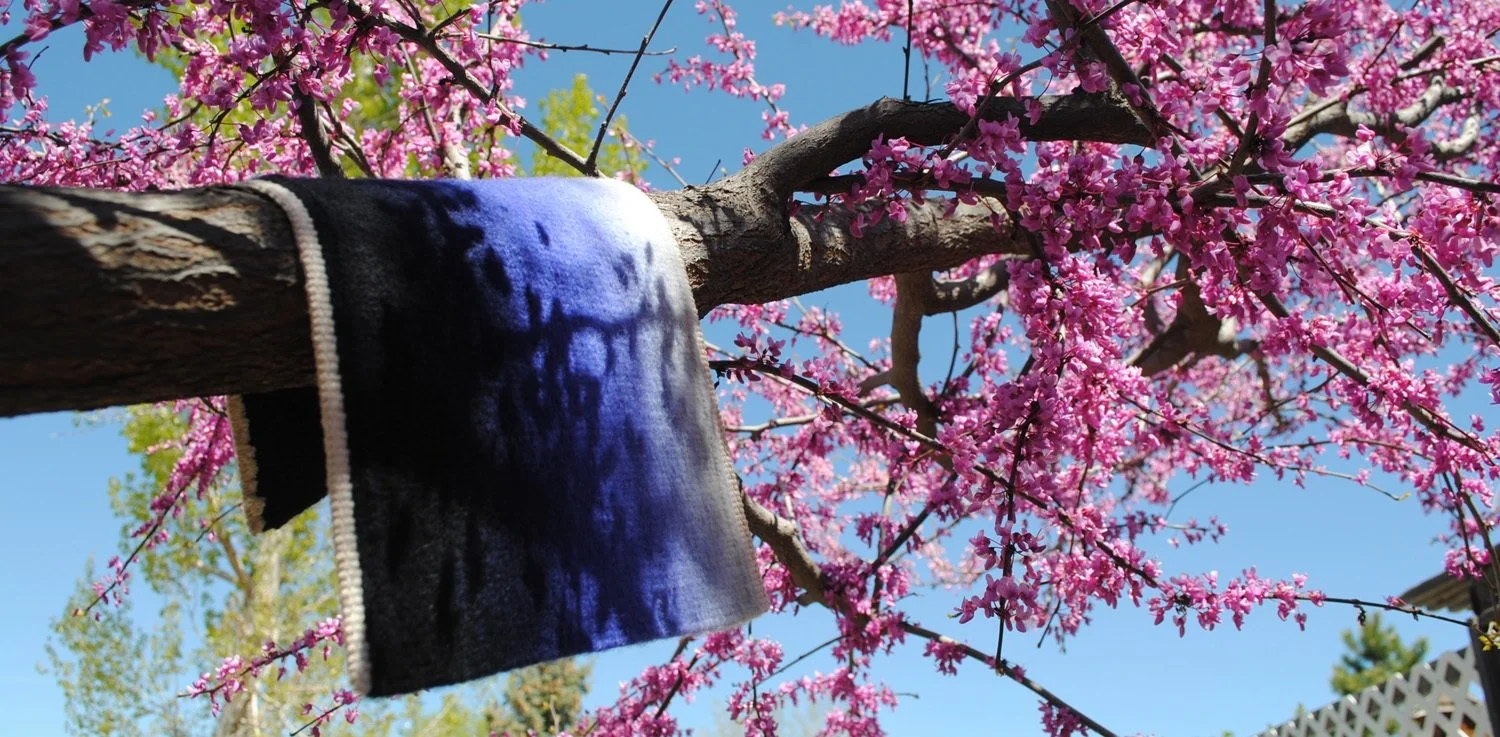I know all of us feel it in some way. There is a lot of chaos around the world and certainly in the USA. I find it hard not to take that chaos on emotionally and have been struggling to find calm spaces. As you might have noticed, this summer that has taken the form of frequent short backpacking trips. But I also think I’ve finally reached the point of no return with my studio space. The chaos has overwhelmed me and brought any forward progress in weaving large art tapestries to a grinding halt. The chaos is even on full display in my Change the Shed episodes—that is how far gone I am. I have ceased caring that thousands of people have seen my disaster of a studio on YouTube for months and months.
Time to fix that. Maybe cleaning is a normal response to chaos anyway. . . .
A few weeks ago when I found myself crying on the floor clutching a badly bruised foot after tripping on the video backdrop support in a cramped space, I decided it was time to fix the problem as much as I could. Moving isn’t an option in the world of COVID and neither is renting another space, so this one will have to become more user-friendly. I’m working on that and my goodness but it feels good to move stuff around, give some of it away, sell some of it, and gain more space to work. Maybe in the end, I won’t need a bigger space after all.**







